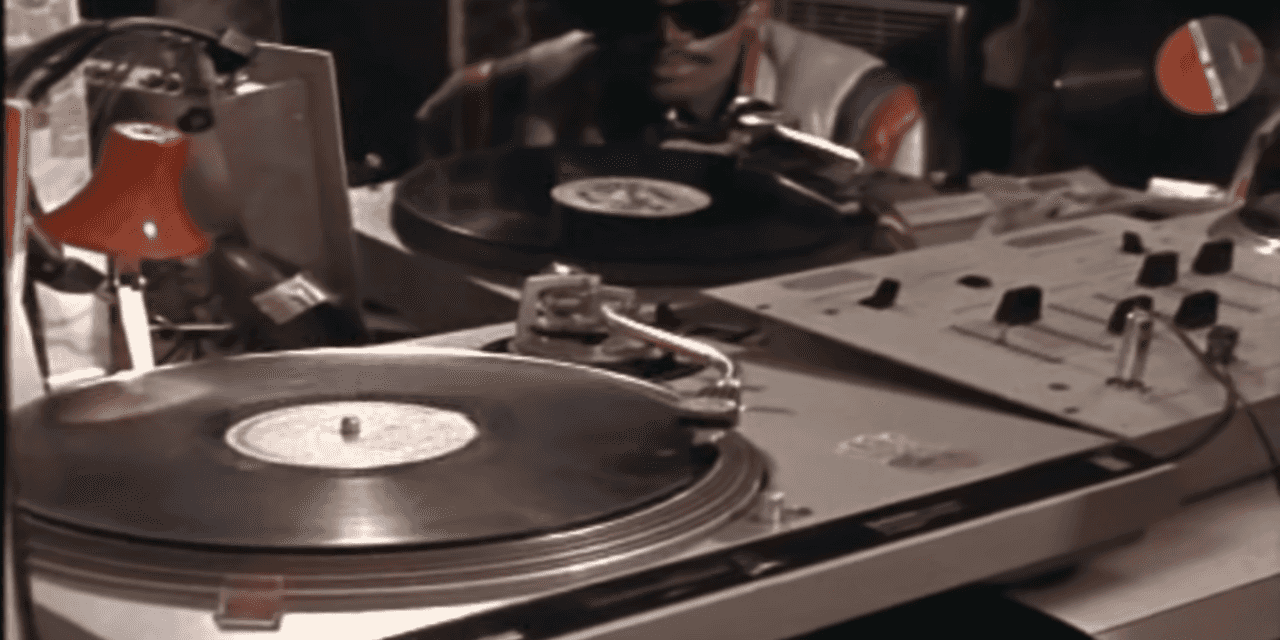World Building
Afrofuturism exists as an intellectual platform for building vast, imaginative worlds, but it also fosters real, physical spaces that nurture Black creative expression. From artistic collectives formed during the Black Arts Movement of the ’60s and ’70s, to various musical, artistic, and dance communities that developed during the hip-hop of the 70s and 80s, to the formation of the Black Rock Coalition in the 80s and 90s, building real communities has been an essential element of Afrofuturism and its growth as a cultural movement.

Lyrical Technology
MF DOOM performing at Alexandra Palace, in London England, 2011
One of Afrofuturism’s central themes is the use of language as a technology, meaning that languages—whether transmitted between computers, played on instruments, or spoken between human beings—can generate ideas, concepts, and designs. Musical language evolves as artists find new ways to express themselves. The variety of different devices, from effects pedals, synthesizers, and other technological accessories, give musicians new artistic and linguistic tools to create new sounds – and new meanings. This combination of lyrical and technological exploration can be heard throughout hip hop’s history.
From a different solar system many, many galaxies far, far away, we are the force of another creation. A new musical revelation. And we’re on this musical message to help the others listen.
Afrika Bambaataa & Soulsonic Force, “Renegades of Funk”, 1983
Turntablism
DJ Charlie Chase of the Cold Crush Brothers at Norman Thomas High School, ca. 1981
One of the most consistent and dynamic features of 20th-century African American music-making is its persistent harnessing of new technologies to create new sounds and genres. Utilizing the available tools of turntables and the emerging technologies of sampling and looping, hip-hop emerged in New York City’s South Bronx and surrounding boroughs during the late 1970s and eventually spread to the entire world.
Rammellzee’s Gothic Futurism
Rammellzee (1960–2010) is commonly cited as one of the central artists who introduced “the elements of the avant-garde into hip-hop culture.”
MCing, or rapping, is one of several elements that make up hip-hop. The others include breakdancing, turntablism, and graffiti. In the early 1980s, the graffiti artist known as Rammellzee, a native of Queens, New York, put his visual stamp on hip-hop culture with his famous “wild style” signatures. Rammellzee, who drew gritty, Gothic urbanist words and images on the walls and trains of New York, also wrote about Gothic Futurism in a published treatise.
